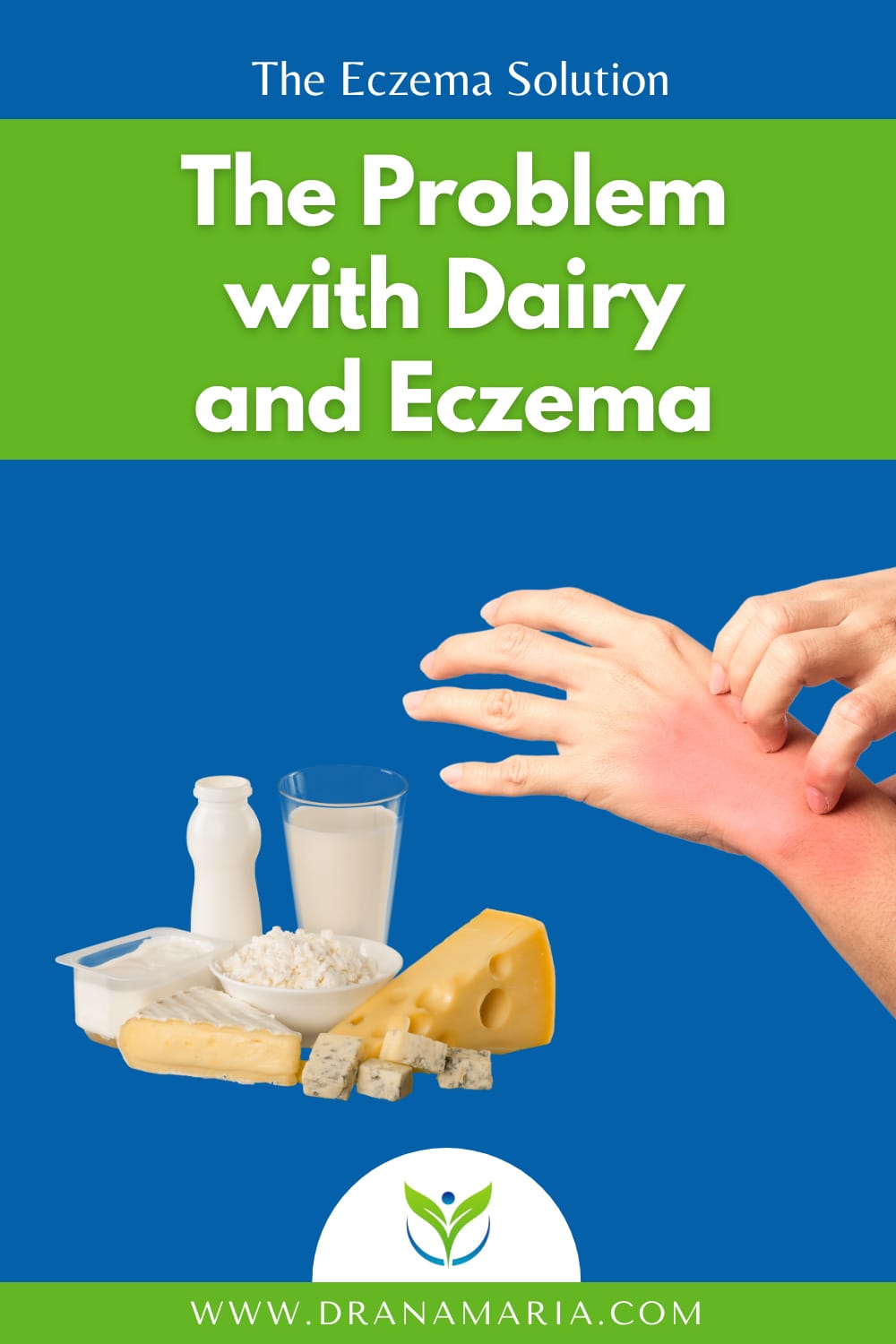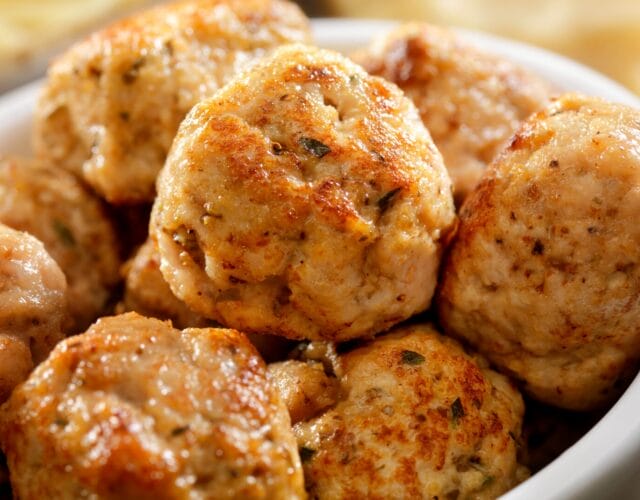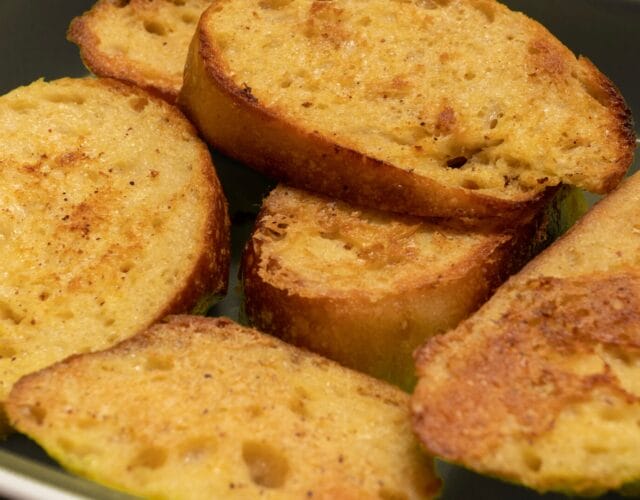Let’s talk about eczema and dairy, in particularly the questions tend to be about milk.
Our family traditionally drank an absurd amount of milk. We typically would drink a gallon and half of milk per day, and sometimes more. When the kids came in from playing outside, we would quench their thirst with a big glass of cold milk rather than water. Each night my husband would eat several bowls of cereal before bed. We were drinking skim milk because the food industry had tricked us into thinking all fat was bad. Then we shifted to organic whole milk as the first step toward cleaning up our diets. But our inflammatory conditions remained despite the cleaner dairy products. It wasn’t until we were forced to remove dairy as part of my daughter’s eczema treatment program that we noticed the biggest changes. Her skin rapidly improved, my belly felt better, and my husband noticed his joint pain was better! Now I am not sure we can chalk all that up to dairy removal, but I definitely think there was a link.
Dairy is not the devil
I want to begin by saying that dairy is not the devil. There are some definite benefits to dairy, particularly cow’s milk. Milk Is naturally packed full of essential vitamins and minerals, like A, B2, B3, B6, B12, magnesium, phosphorus, potassium, zinc and selenium. Trace amounts of Vitamin A, D, E, and K are found in whole milk, although most of these vitamins are added by the manufacturer. Milk is also a great source of fats, proteins and omega-3s. But I wouldn’t have titled this chapter a problem if there weren’t some major drawbacks as well, particularly as it relates to eczema.
When dairy cows became an industrialized asset, everything changed. The pasteurization of milk, which involves boiling at high temperatures, allows a more shelf stable product for sale in stores and removes potential foodborne pathogens, but comes at a cost. Pasteurization alters the fats, proteins, calcium, and oils found in milk, and it destroys the natural (and beneficial) probiotics in milk. These beneficial bacteria are known to help produce lactase, the enzyme needed for humans to digest the milk sugar lactose. Thus, exceedingly high levels of lactose intolerance are seen worldwide, as evidenced by the graph below.
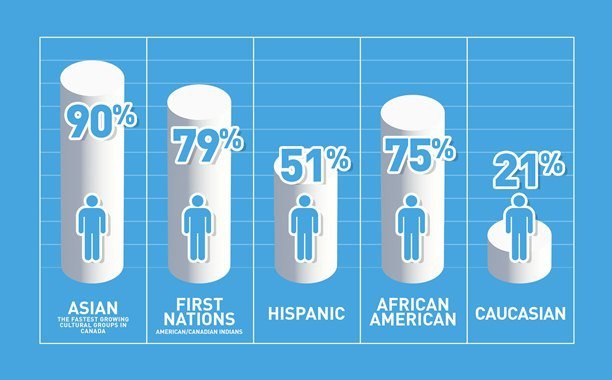
With these levels of lactose intolerance, it begs the question…. is cow’s milk really a great option for humans?
We must also examine the protein content in milk. The protein casein accounts for over 80% of the protein found in milk and there are several types of casein. Beta-casein makes up about 30% of all the casein in milk – and there are 2 variants of beta-casein – A1 and A2. Historically cows only produced the A2 type of beta-casein, but over many thousands of years and genetic mutations, milk sold in stores (particularly is western countries like the USA) now primarily contains the A-1 variant. When A-1 milk is digested in the small intestine, it produces a peptide called beta casomorphin-7 (BCM-7). The intestines absorb BCM-7 and it then passes into the blood. Doctors have linked BCM-7 to stomach discomfort and symptoms similar to those experienced by people with lactose intolerance. Additionally, if BCM-7 moves into the blood via a leaky gut, it has been implicated in the development of Type 1 diabetes, coronary artery disease and even autism particularly if immune deficiencies are present.
Cow’s Milk Protein Allergy (CMPA) is the most common food allergy in patients with eczema and typically starts in the first year of life. As we discussed in our food allergy testing chapter, there are typically 2 types of problems with cow’s milk protein: acute allergy versus sensitivity. True CMPA (less common) shows severe symptoms immediately upon ingesting and is what shows up during classic milk allergy testing.
Milk protein sensitivity is much more common, yet subtle as it can take up to 9 days after ingestion to show symptoms. Additionally, this is NOT tested during a typical milk allergy test. Thus you may be having a reaction to milk/dairy despite a negative milk allergy test. For this reason, milk and dairy are one of the first eliminations we recommend for patients suffering from eczema. And given the overlap between milk sources, I also initially recommend removing goat, sheep, and camel milk products.
The Dairy Solution
Inevitably, as soon as I recommend a milk and dairy elimination for eczema a number of questions arise:
- What about calcium
- What about Vitamin D
- How do we understand milk labels for nutrients and ingredients?
- Which milk substitutes are best?
As kids many of us are encouraged to drink lots of milk because “we need vitamin D and calcium for strong bones”. While calcium is important for the growing child, milk is definitely not the only reliable source of calcium. Additionally, whole milk contains only trace amounts of vitamin D and most of what we get in milk is added by the manufacturer. The chart below shows the daily recommended calcium requirement by age.
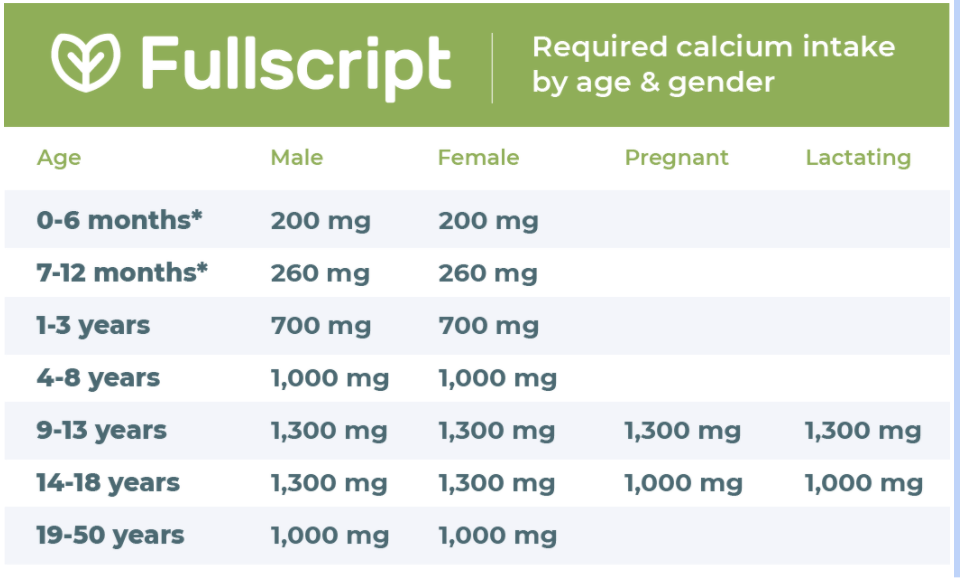
Let’s look at milk by the numbers. 1 cup of milk typically provides about 300mg of calcium. Here’s a look at the calcium content of some other common foods.
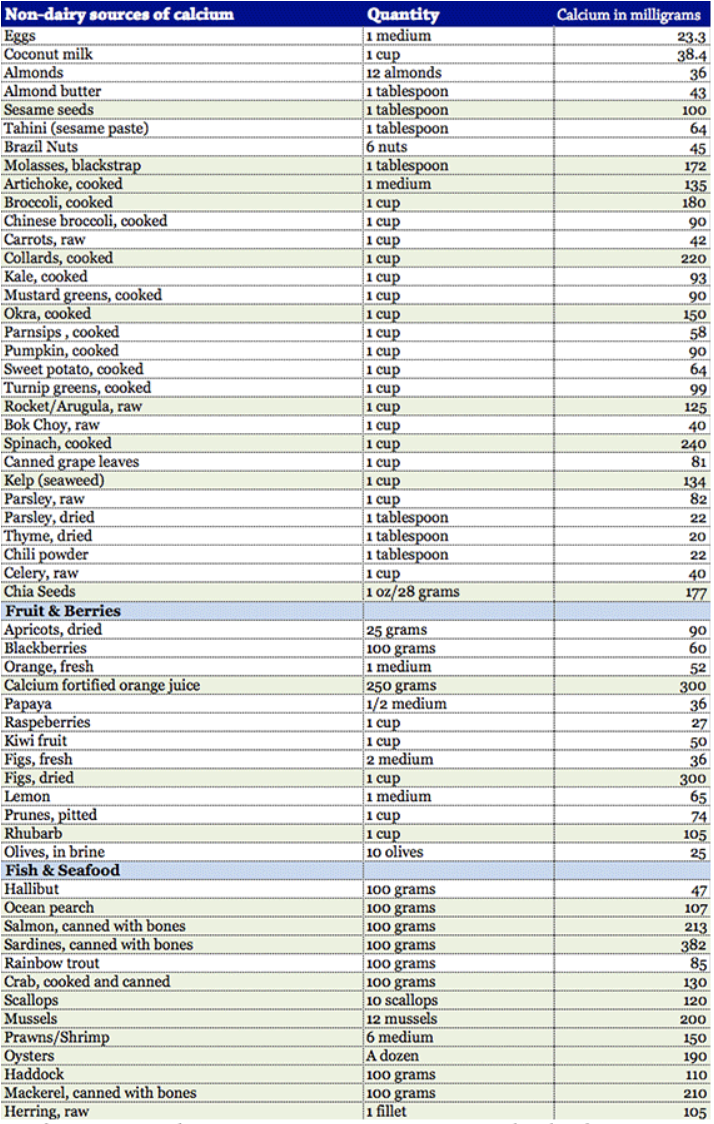
As you can see there are lots of other great ways to add calcium to your diet, so don’t let the calcium ogres scare you. A fast easy way to determine the calcium content of other foods is to look at the label for the percentage of calcium and replace the % sign with a zero. So if the serving has 45% calcium listed, that equates to 450mg of calcium per serving.
There are a number of non-dairy milk alternatives on the market these days, and more coming weekly. Plant based milks vary quite a bit in their ingredients and taste. My general rule is to look at the label of ingredients – if there are numerous fillers and natural flavors added, then typically I move on. Many brands are fortified with calcium and vitamin D, but use a number of additives to include these nutrients. I would actually recommend a cleaner plant based milk, and then get the Vitamin D and calcium from other whole foods or from clean supplements. Here are some comparisons of common plant based milks on the market.

If you are interested in getting to the root cause of eczema in your family, check out my online program below!
Check out my Eczema Transformation Program – Book A Call To Learn More
Yours in Good Health,
Drs. Ana-Maria and John Temple

Was this helpful? Save for later!
